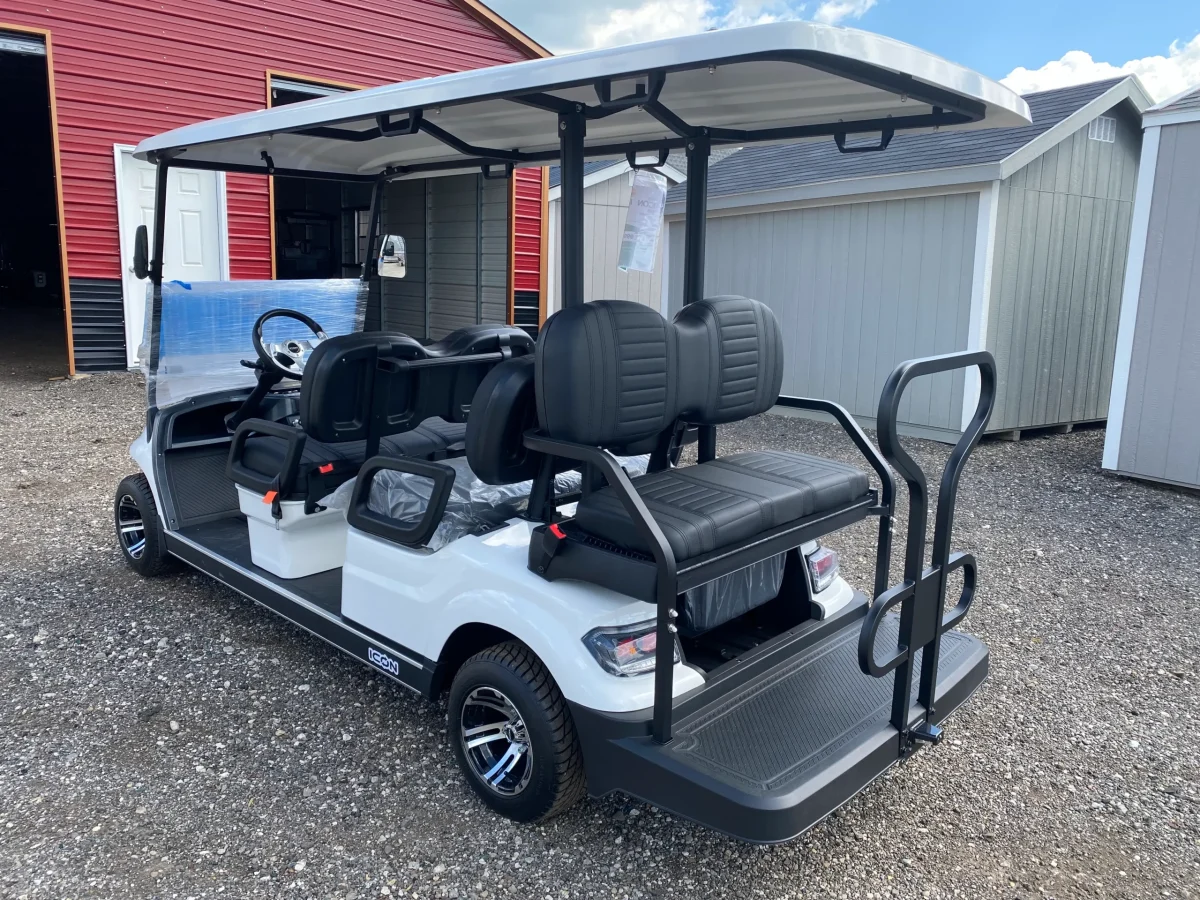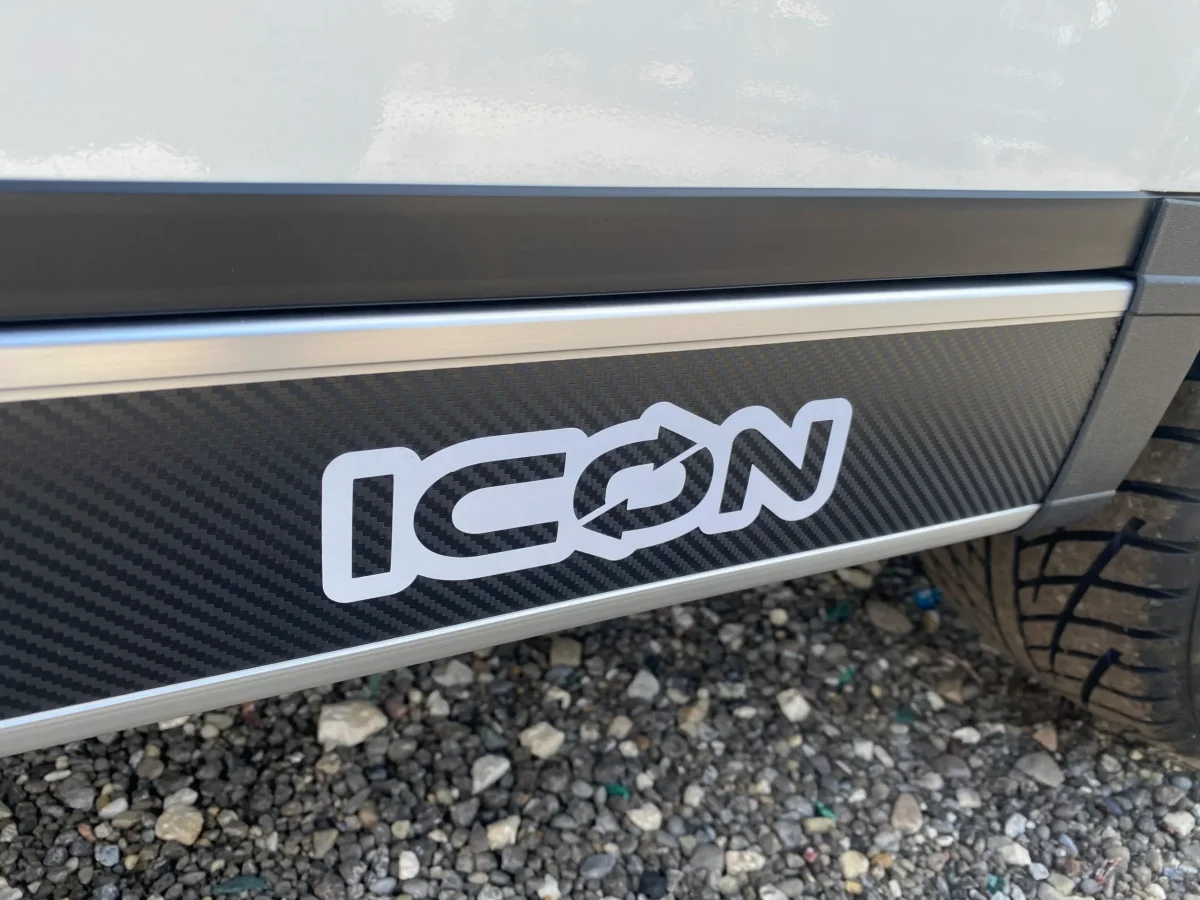When buyers start exploring golf carts, one of the first questions that comes up is about price. Gas golf carts, in particular, vary greatly in cost and value depending on how they are built and equipped. Understanding how much gas golf carts cost is not as simple as naming a single price tag. Their value depends on engineering, performance, materials, and how they compare to their electric counterparts. Once you understand the reasons behind the numbers, it becomes easier to decide which type fits your budget and lifestyle.

What Makes Gas Golf Carts Unique
Gas golf carts stand out because of their mechanical engines and independent power systems. They use small combustion engines that function similarly to motorcycles or compact cars. These engines provide continuous torque, allowing carts to climb hills, haul gear, and cover long distances without charging. While electric carts rely on battery banks, gas carts use standard unleaded fuel, giving them flexibility on long courses or rural properties where charging may not be available.
Why Gas Golf Carts Cost What They Do
The price of a gas golf cart reflects its engineering and components. Every feature like engine size, cooling system, transmission, and chassis design adds to overall cost. Four-stroke engines, for example, are smoother and quieter but cost more to manufacture than simpler two-stroke models. Suspension design and frame material also influence price because premium models use thicker steel tubing and advanced shock systems for comfort. Interior finishing, upholstery, and digital dashboards further contribute to production expenses that appear in the final retail price.
Engine Performance and Fuel Systems
Engine quality has the strongest effect on pricing. Higher-displacement engines deliver more horsepower, improving acceleration and hill-climbing ability. Some brands focus on fuel efficiency, while others emphasize raw performance. Modern gas golf carts often include electronic fuel injection rather than carburetors, improving mileage but increasing cost. Each refinement like better airflow, quieter exhaust, or smoother throttle control adds value but also manufacturing expense.

Design, Materials, and Build Quality
Beyond the engine, craftsmanship determines much of a cart’s price range. Heavy-duty frames, UV-resistant bodies, and corrosion-proof coatings increase durability but require precision manufacturing. Carts designed for commercial use often include reinforced undercarriages and stronger brakes, which raise the initial investment. Luxury details such as custom stitching, upgraded seating, and modern lighting add comfort and appeal for personal buyers who want a more refined experience.
Gas vs. Electric: A Quick Comparison
Electric carts are powered by rechargeable battery packs, while gas carts depend on internal combustion. The cost difference between the two often comes down to what buyers value most. Electric carts may seem cheaper at first because they lack engines, transmissions, and exhaust systems. However, replacement batteries add long-term expense. Gas carts usually cost more initially because their mechanical components are more complex and designed for long-term durability. The right choice depends on whether you prioritize convenience, power, or low maintenance. To learn more about how these vehicles differ, the Wikipedia entry on golf carts offers additional insight.
National Price Ranges and Market Variations
Across the United States, new gas golf carts typically fall within broad price categories that depend heavily on brand and configuration. Entry-level models aimed at basic transportation sit near the lower end, while luxury or utility models with full lighting, digital instrumentation, and extended seating climb higher. Market conditions, dealer support, and regional demand also influence costs. Because options vary so widely, it is difficult to compare prices directly between brands, which is why many buyers evaluate features rather than exact dollar amounts.

Factors That Influence Overall Cost
Several key factors determine how much you pay for a gas golf cart. Brand reputation affects both price and resale value. Engine size and design play a major role in how the cart performs and how efficiently it runs. Seating capacity influences price as well, since four- or six-seat carts require larger frames and more materials. Optional features such as lift kits, alloy wheels, premium paint, and infotainment systems all raise cost but also enhance driving enjoyment and visual appeal.
Customization and Accessories
Many buyers personalize their carts with accessories, which can significantly alter total cost. Roof canopies, upgraded tires, LED headlights, and sound systems are popular choices that add both function and personality. Custom paint finishes and specialized upholstery make carts stand out but require additional labor. Even small additions such as windshields or weather enclosures contribute to a more comfortable and stylish experience, though they also add modestly to the price of the final build.
Maintenance and Long-Term Costs
While gas golf carts may have higher upfront costs, they often maintain lower long-term operating expenses compared with frequent battery replacements required by electric carts. Routine oil changes, spark-plug replacements, and filter maintenance keep the engine running efficiently. Fuel prices can fluctuate, but many owners appreciate the convenience of refueling in minutes rather than waiting for a charge. These upkeep factors are part of the total value proposition and explain why pricing can seem varied when comparing different models.

Perceived Value and Brand Positioning
Some of the confusion about gas golf cart pricing comes from brand positioning. Premium manufacturers emphasize performance, comfort, and design, while entry-level brands compete on affordability. Buyers often find similar specifications listed at different prices simply because of reputation and after-sales support. Warranties, customer service, and part availability contribute to long-term satisfaction and therefore influence the sticker price more than most realize.
National Demand and Economic Factors
Supply and demand also shape what gas golf carts cost nationwide. When material prices or shipping rates rise, so do retail prices. Economic fluctuations, seasonal trends, and fuel costs influence consumer demand for gas models versus electric alternatives. Dealers adjust pricing accordingly to remain competitive. For this reason, it is better to view golf cart pricing as a flexible range rather than a fixed figure, making direct comparisons between states or dealers challenging.
How Gas Golf Cart Technology Has Advanced
Modern gas carts benefit from technologies that improve comfort, performance, and environmental efficiency. Quieter muffler systems, cleaner emissions, and advanced transmissions now make them smoother to drive and less disruptive on golf courses or residential roads. Features once limited to electric models, such as automatic braking and digital dashboards, have become common on gas carts as well. These advancements naturally raise production costs, which translates into broader pricing ranges in today’s market.

Why Comparing Prices Can Be Misleading
Because each manufacturer uses different materials and technologies, comparing two gas golf carts by price alone rarely tells the whole story. Some brands include features such as upgraded suspensions or reinforced frames as standard, while others list them as add-ons. Even paint finish, tire type, or seat cushioning can affect the final cost. Instead of focusing purely on numbers, buyers benefit from evaluating how much comfort, performance, and reliability each model delivers for its price bracket.
Buying Tips and Considerations
When shopping for a gas golf cart, consider how you plan to use it most often. Drivers using their carts for recreational rides may value quiet engines and smooth acceleration, while those using them on farms or large properties may prefer models with higher torque and towing capacity. Look for safety features such as seat belts, lights, and turn signals if you intend to drive on public roads. It is also wise to compare warranty coverage and dealer reputation before purchasing. For buyers who prefer modern engineering blended with timeless reliability, the Icon G60L (Gas) is a standout example of design and performance working together.
Maintenance Perspective for Owners
Regular maintenance ensures you get the best return on your investment. Keeping your gas cart tuned and cleaned preserves fuel efficiency and extends component life. Periodic oil changes, air-filter checks, and spark-plug replacements prevent engine strain. Although maintenance adds to total ownership cost, it keeps performance consistent year after year, reinforcing why high-quality engineering justifies higher initial pricing.

Environmental Considerations
While electric carts are often viewed as greener options, new gas models have become significantly more efficient. Advanced engines reduce emissions and use fuel more effectively, offering a responsible compromise between convenience and environmental awareness. This balance makes gas carts a popular choice for customers who value both range and reduced upkeep. The continuous innovation behind these cleaner systems explains part of the pricing variation across brands.
Conclusion
Gas golf carts vary in cost because every component, from the engine and suspension to seating and technology, plays a role in value. Features, craftsmanship, and brand reputation create wide price differences, which is why comparing models directly can feel confusing. If you are ready to experience the performance, comfort, and reliability of a premium gas golf cart, explore the full range available at Hartville Golf Carts. Our specialists can help you find a model that matches your lifestyle and ensures lasting satisfaction on and off the course.







